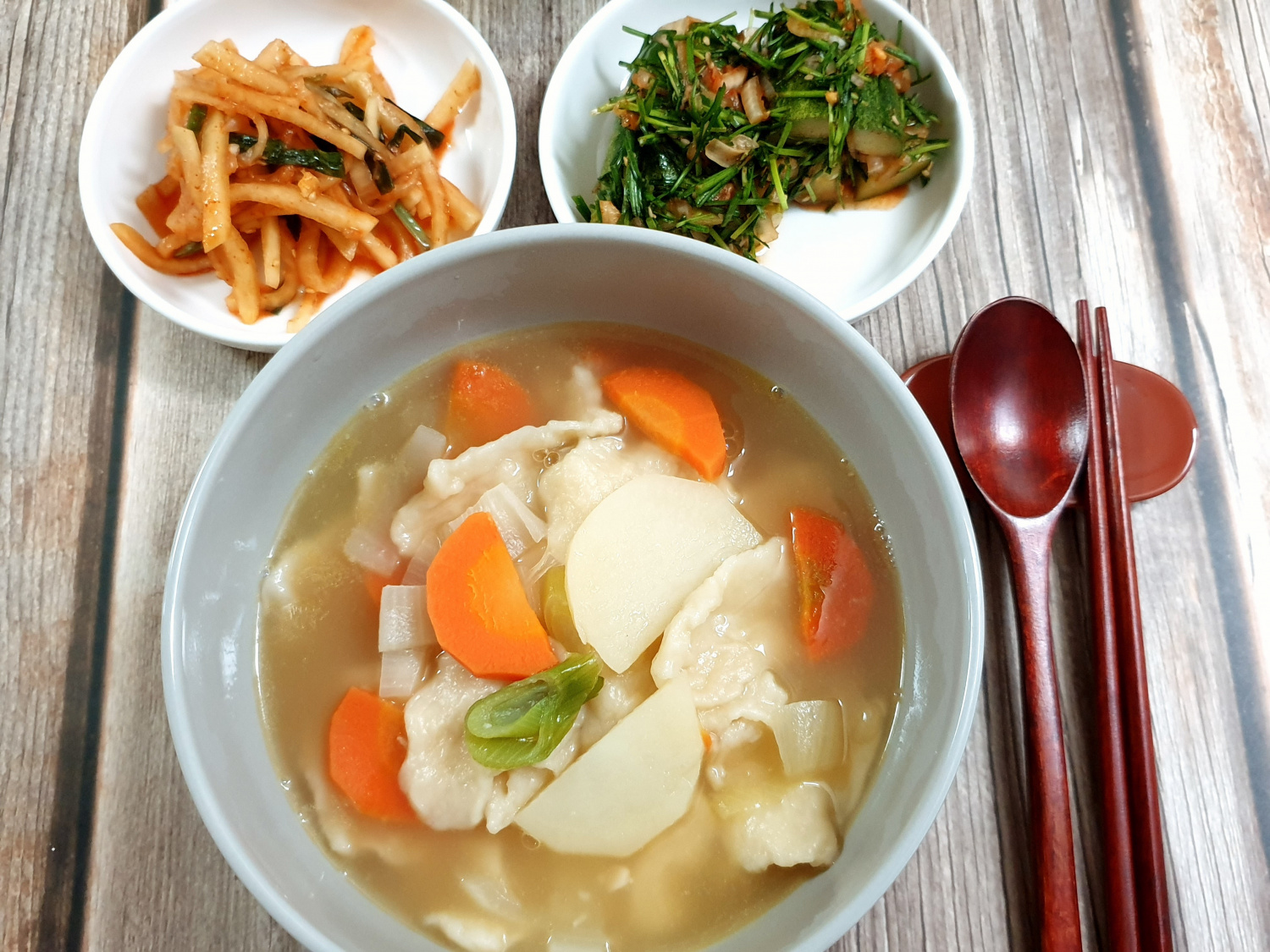
How to make more chewy sujebi with strong flour
You can make more chewy sujebi dough with strong flour.
I'll tell you how to make sujebi dough well.
2 serving
Within 30 minutes
하이디랑
- Ingredients
-
-
Strong flour245g
-
Water130ml
-
Cooking oil2TS
-
Salt1/3TS
-
Carrot1/2ea
-
Potato1ea
-
onion1/2ea
-
leek1piece
-
Anchovy pack again1ea
-
Water1L
-
Korean style soy sauce1TS
-
Tzuyu2TS
-
cooking wine2TS
-
crushed garlic1/2TS
-
perilla oil2TS
-
Saltlittle
-
- Video
-
- Cooking Steps
-
STEP 1/14Add 1/3 tbsp salt and 2 tbsp cooking oil to 3 (245g) paper cups of strong flour.
If you put cooking oil in the dough, it doesn't stick to your hands when you knead it, and the dough becomes softer and chewy.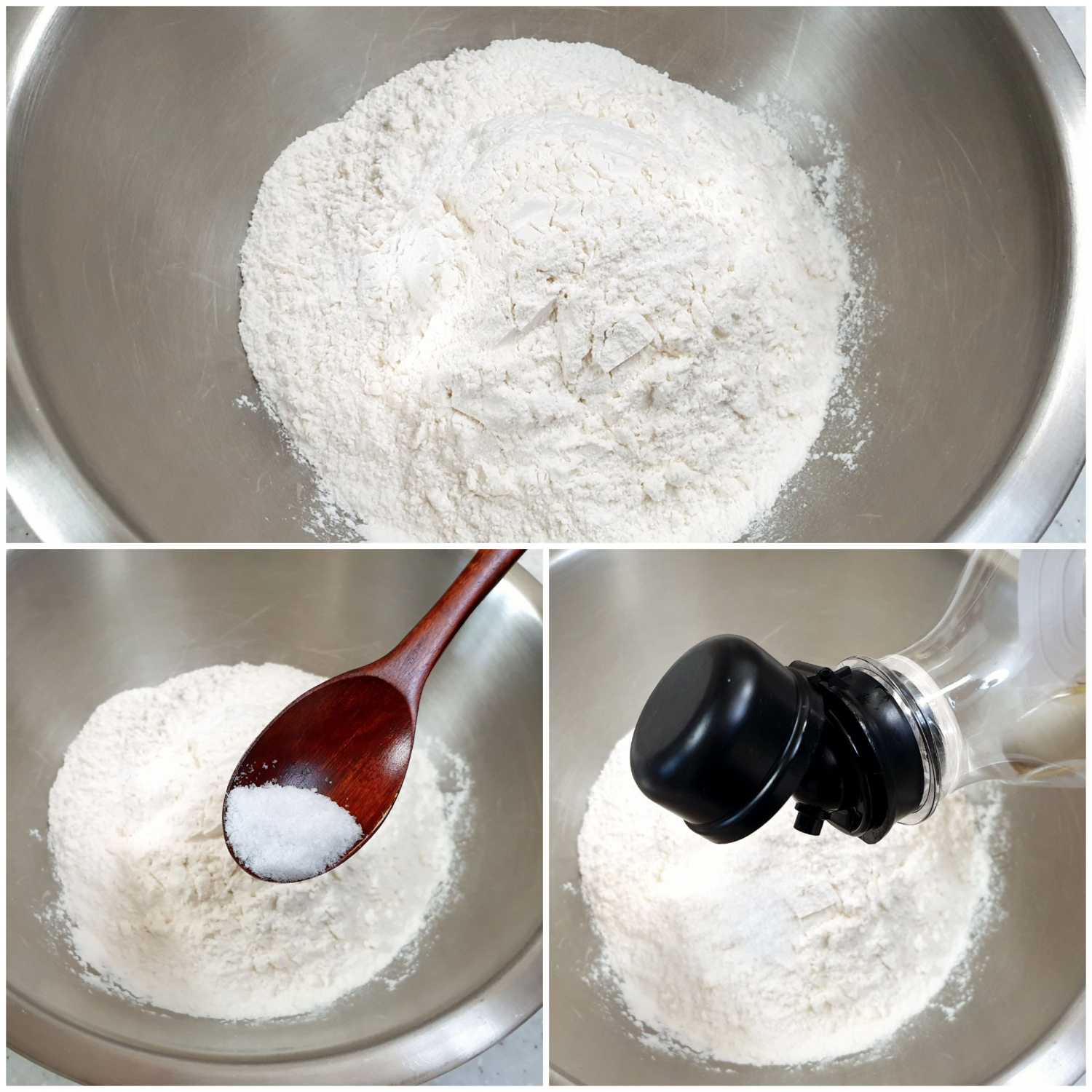 STEP 2/14Stir with a spoon, adding water little by little to the flour.
STEP 2/14Stir with a spoon, adding water little by little to the flour.
After that, touch it with your hands for about 5 minutes.
Adding 130ml of water to 245g of flour was enough.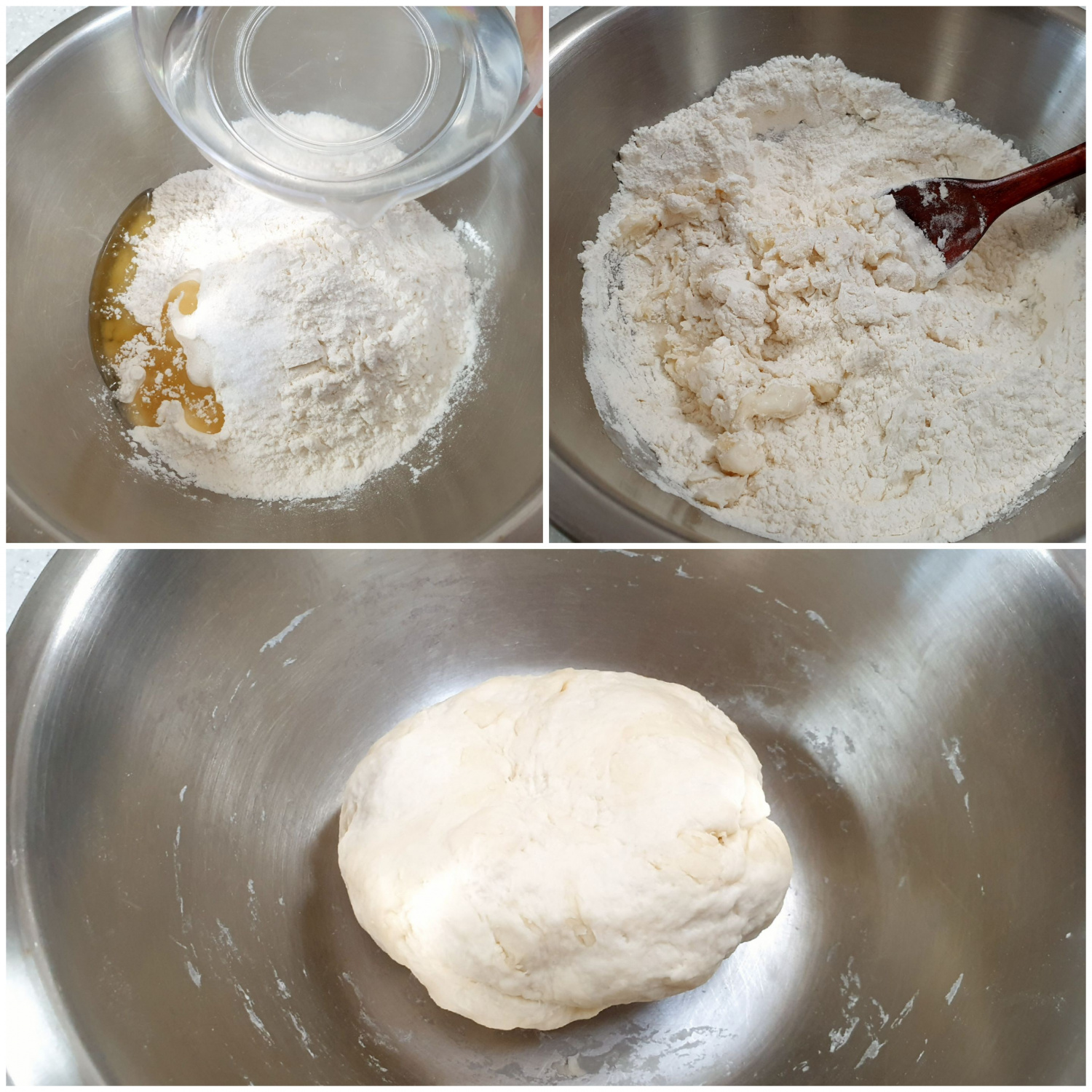 STEP 3/14Cover the dough with plastic wrap and rest in the refrigerator for 30 minutes.
STEP 3/14Cover the dough with plastic wrap and rest in the refrigerator for 30 minutes.
If you do this, the dough is very soft and sticky.
It's good to use this dough for kalguksu.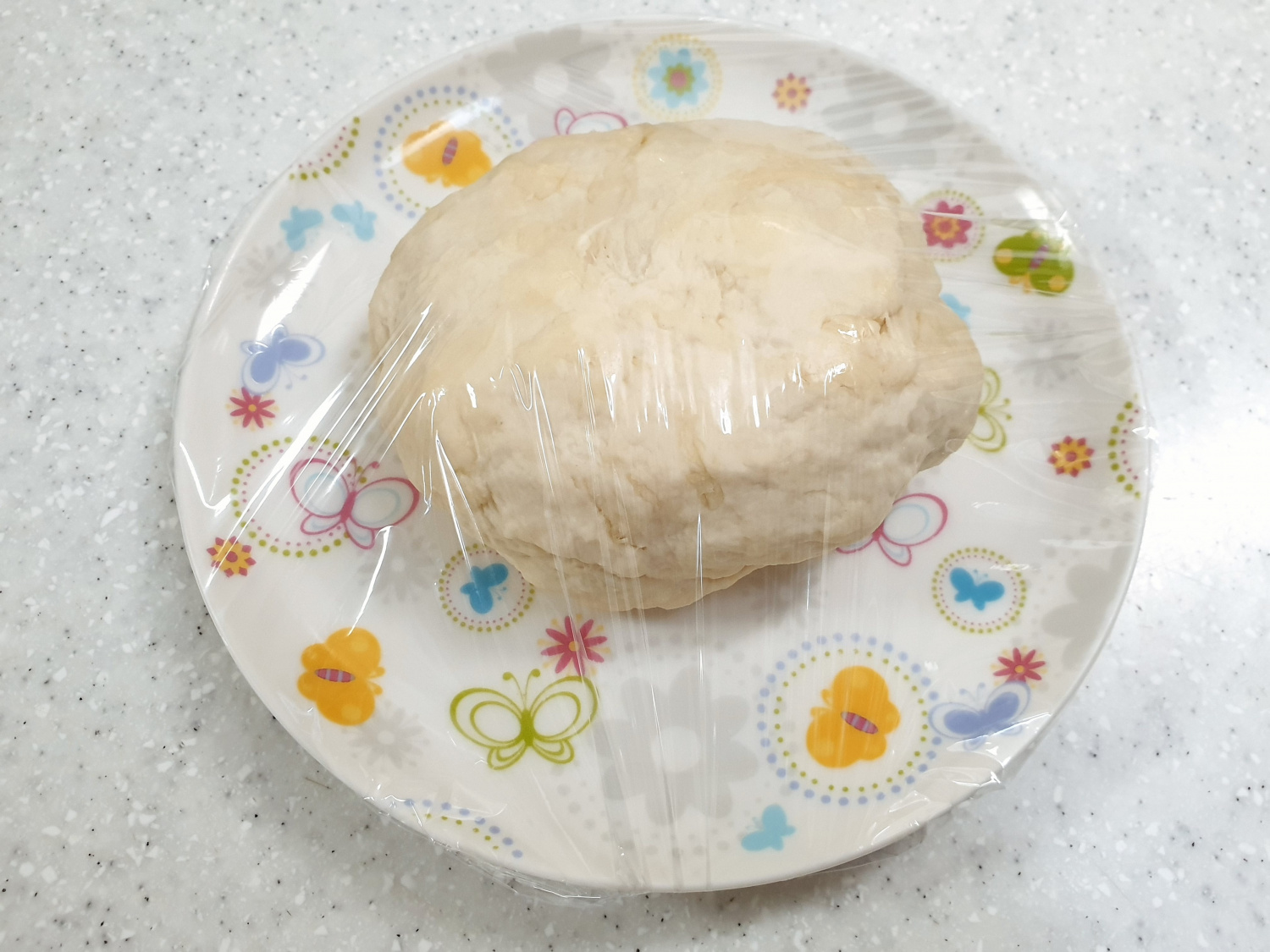 STEP 4/14Cut potatoes, carrots, and onions into 0.5cm thick slices.
STEP 4/14Cut potatoes, carrots, and onions into 0.5cm thick slices.
It's better if you add zucchini.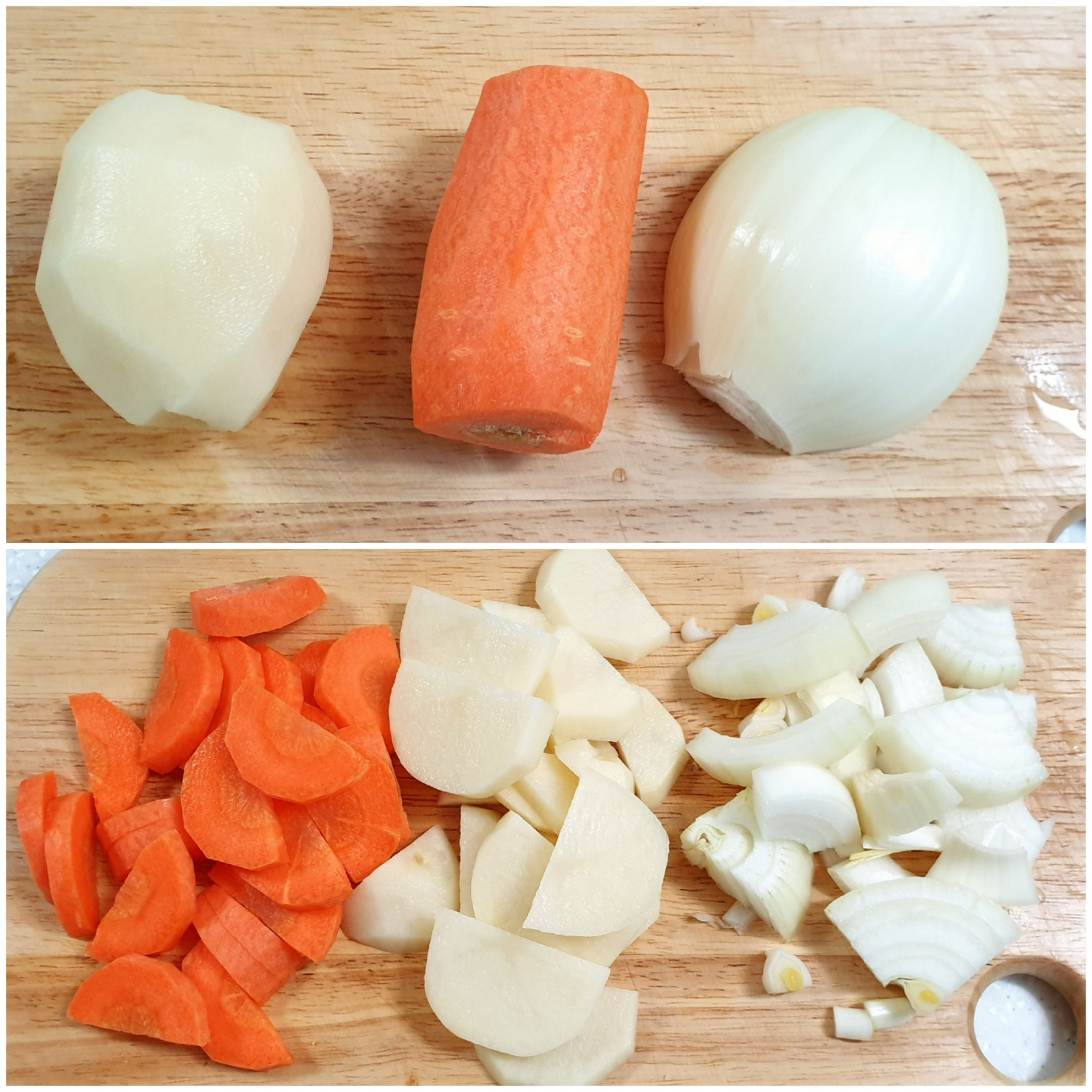 STEP 5/14Add a pack of anchovies to 1L of water, and when it boils over high heat, reduce it to medium-low heat and simmer for 8 minutes.
STEP 5/14Add a pack of anchovies to 1L of water, and when it boils over high heat, reduce it to medium-low heat and simmer for 8 minutes.
You can make anchovy kelp broth instead of pack again.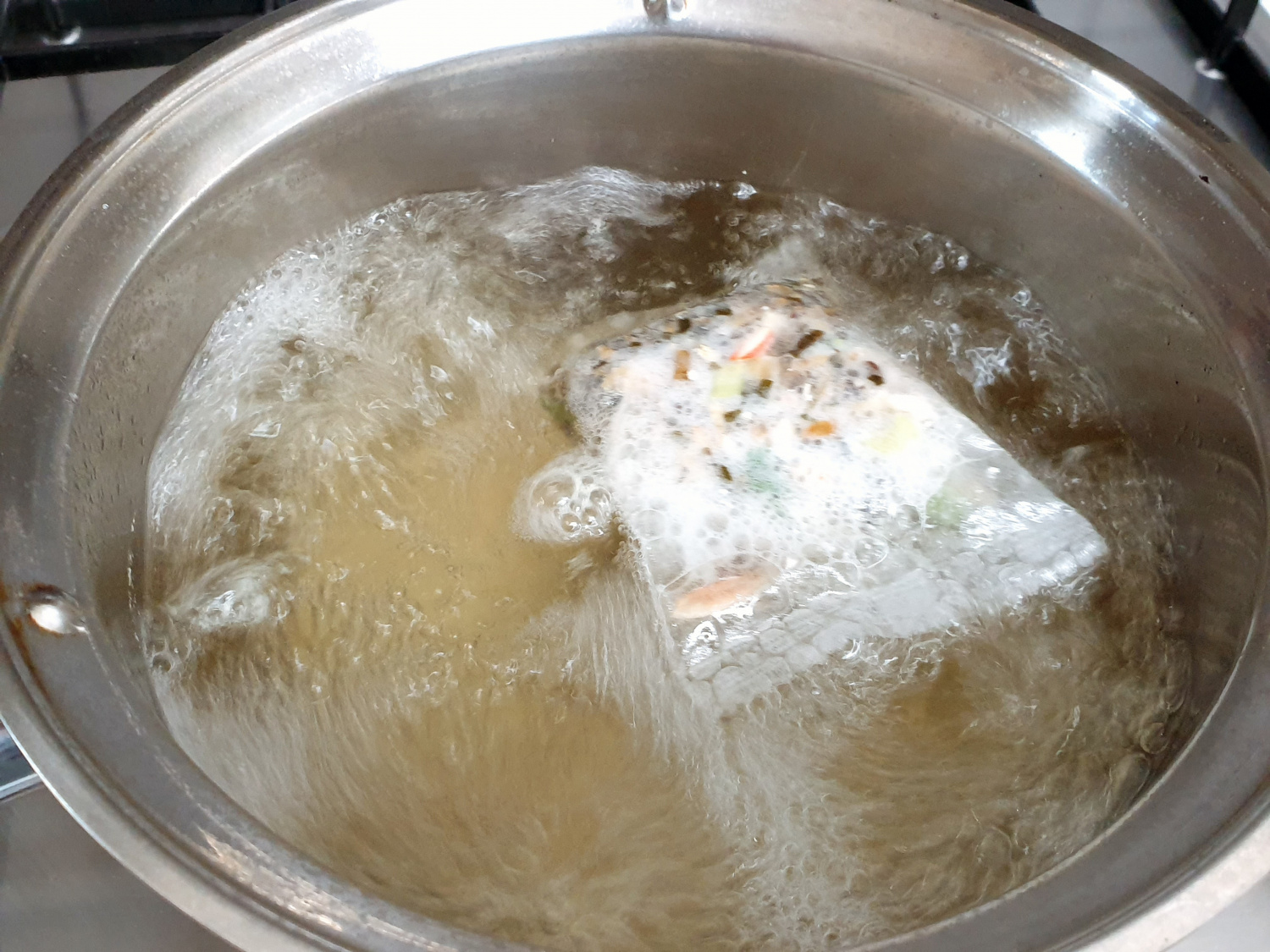 STEP 6/14Take out the pack again.
STEP 6/14Take out the pack again.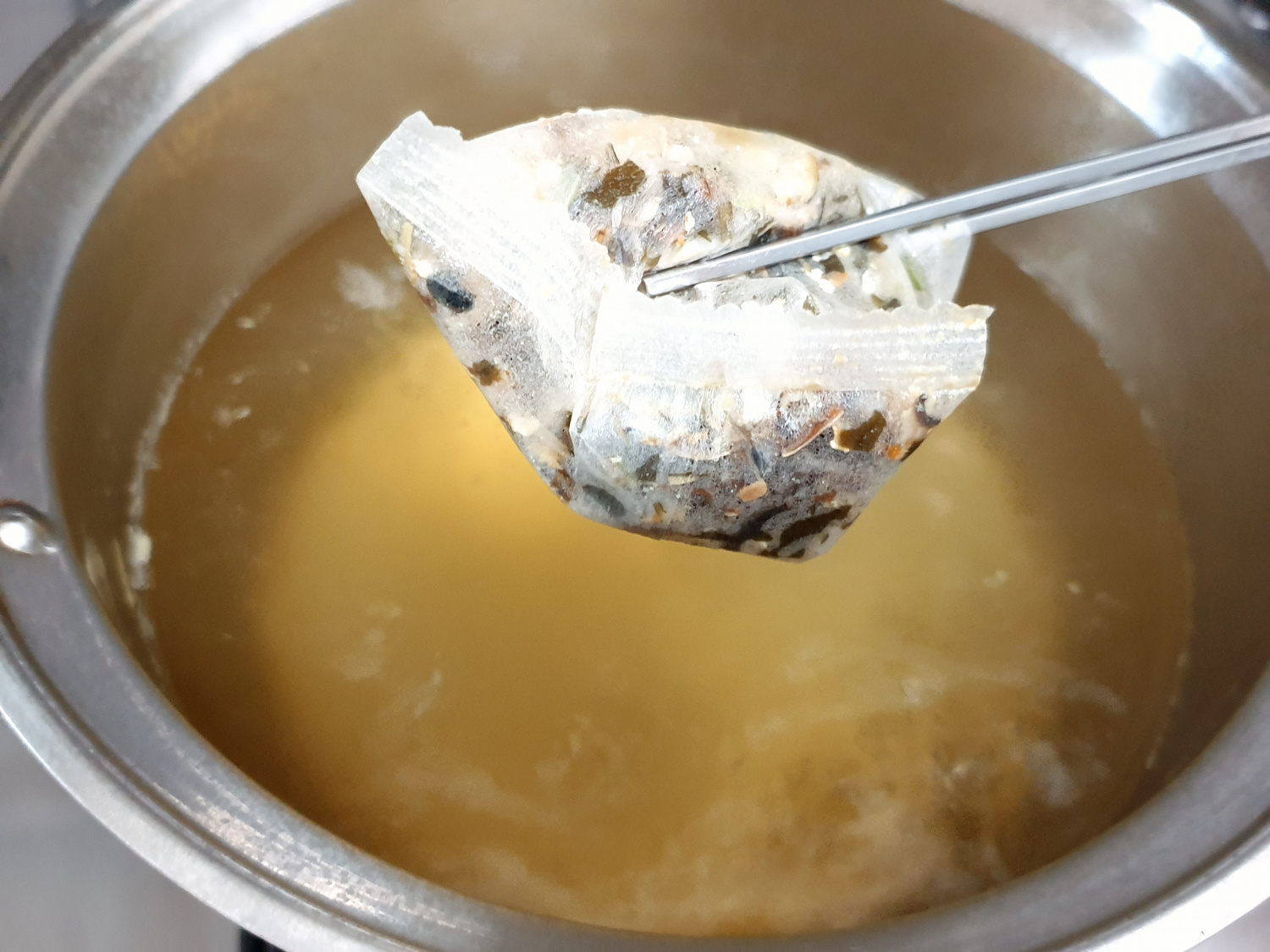 STEP 7/14Add enough seasoning to the broth.
STEP 7/14Add enough seasoning to the broth.
You can add 1 tablespoon of thick soy sauce instead of tsuyu.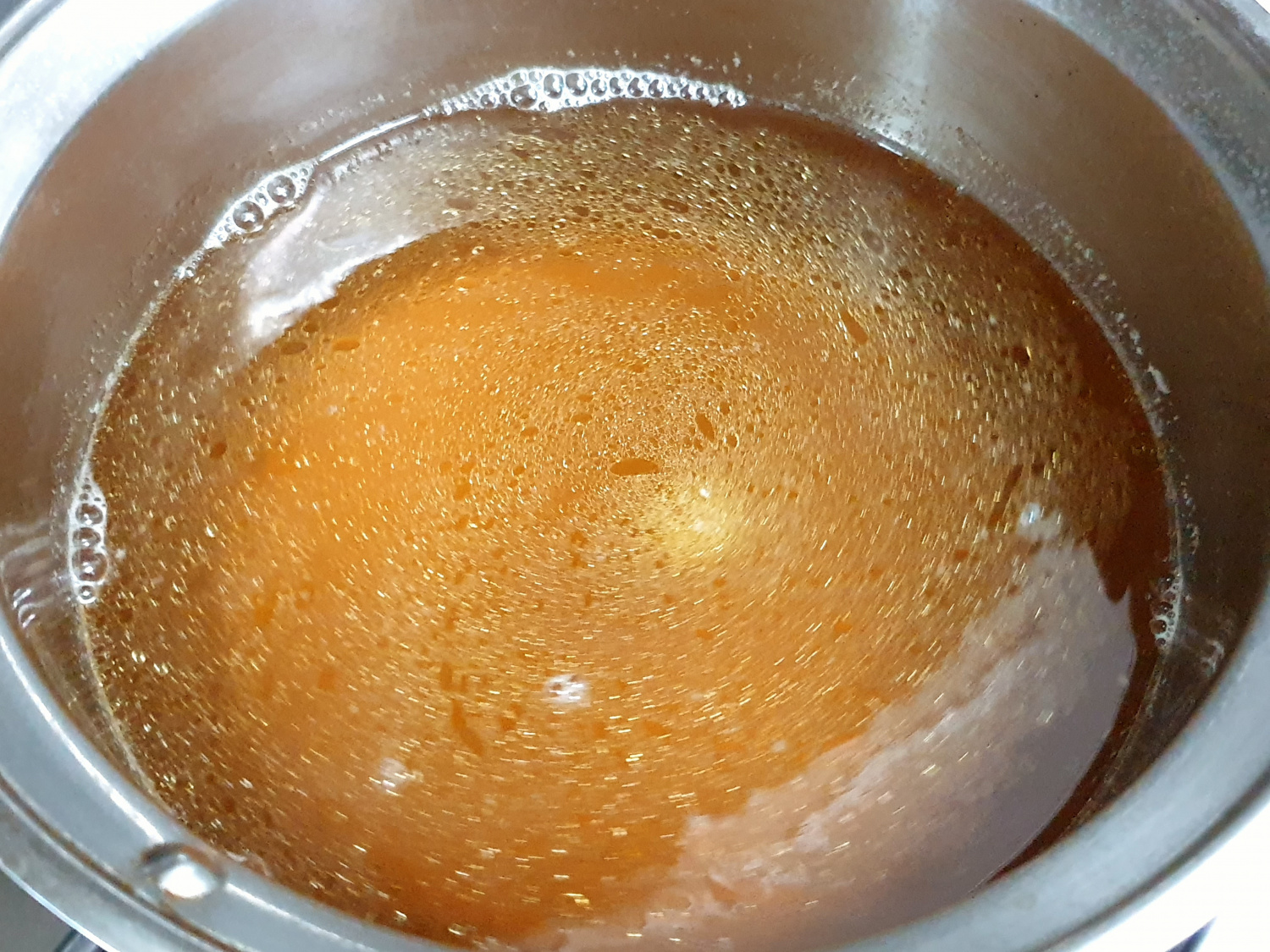 STEP 8/14Salt the insufficient liver.
STEP 8/14Salt the insufficient liver.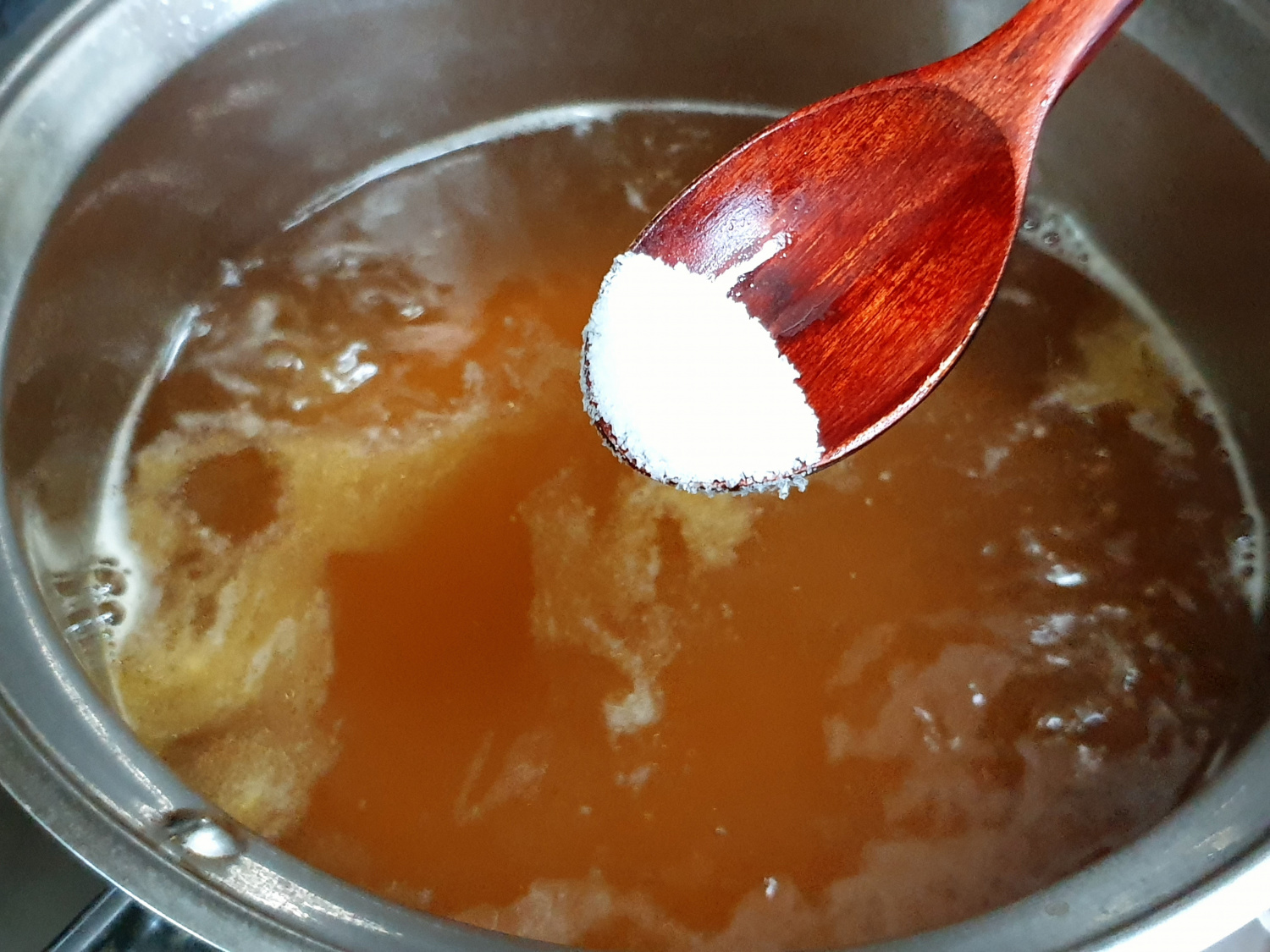 STEP 9/14I took the dough out of the refrigerator.
STEP 9/14I took the dough out of the refrigerator.
The dough stretches well.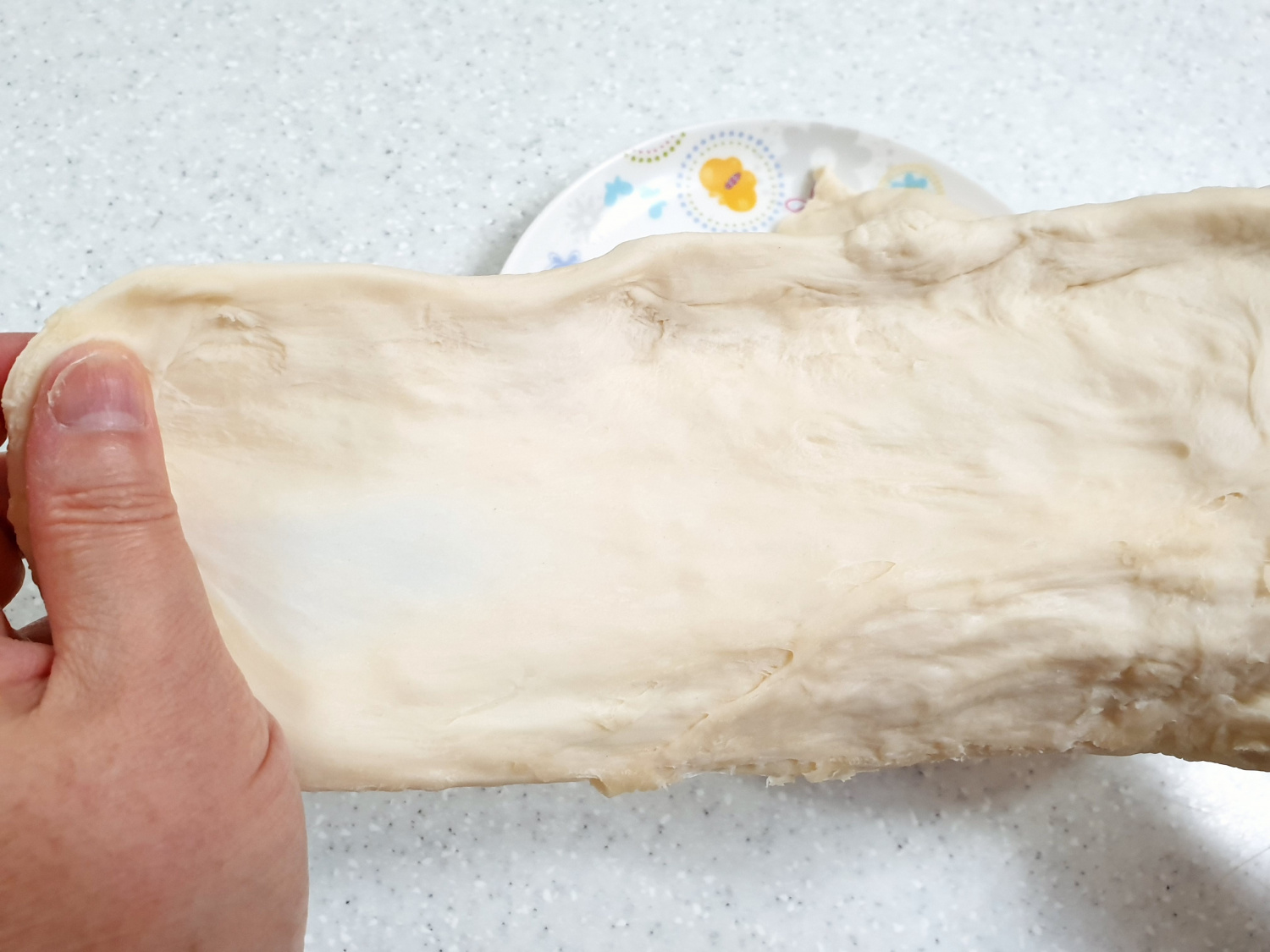 STEP 10/14When the broth boils over high heat, remove the dough from the dough and add it.
STEP 10/14When the broth boils over high heat, remove the dough from the dough and add it.
Usually, potatoes, carrots, etc. are added first, and then sujebi dough is added, but if you do that, the vegetables are cooked too well between the dough and the dough is removed.
Sujebi needs to be cooked for about 10 minutes, so it's better to put it in first.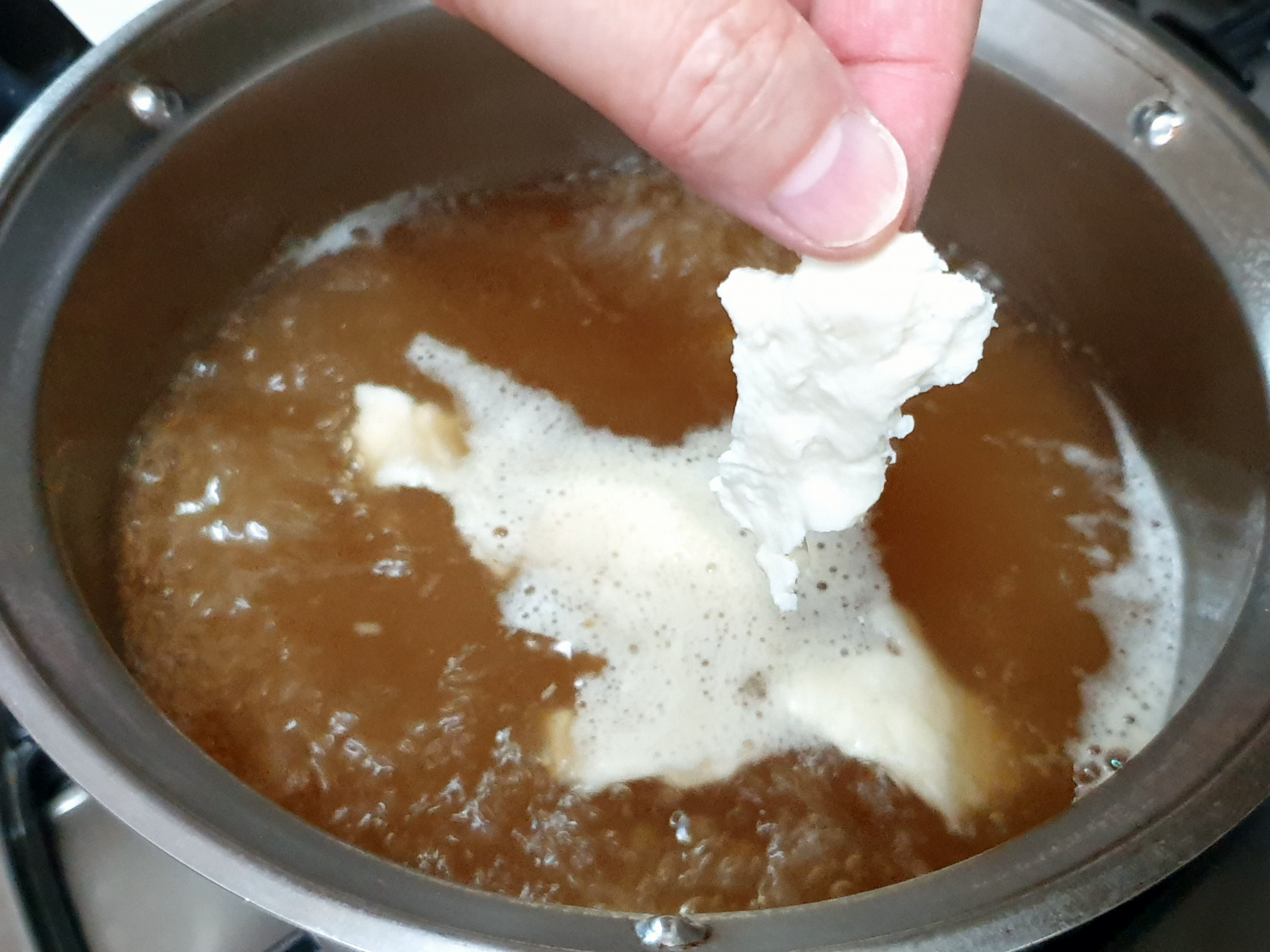 STEP 11/14Add 1/2 tablespoon of minced garlic, please.
STEP 11/14Add 1/2 tablespoon of minced garlic, please.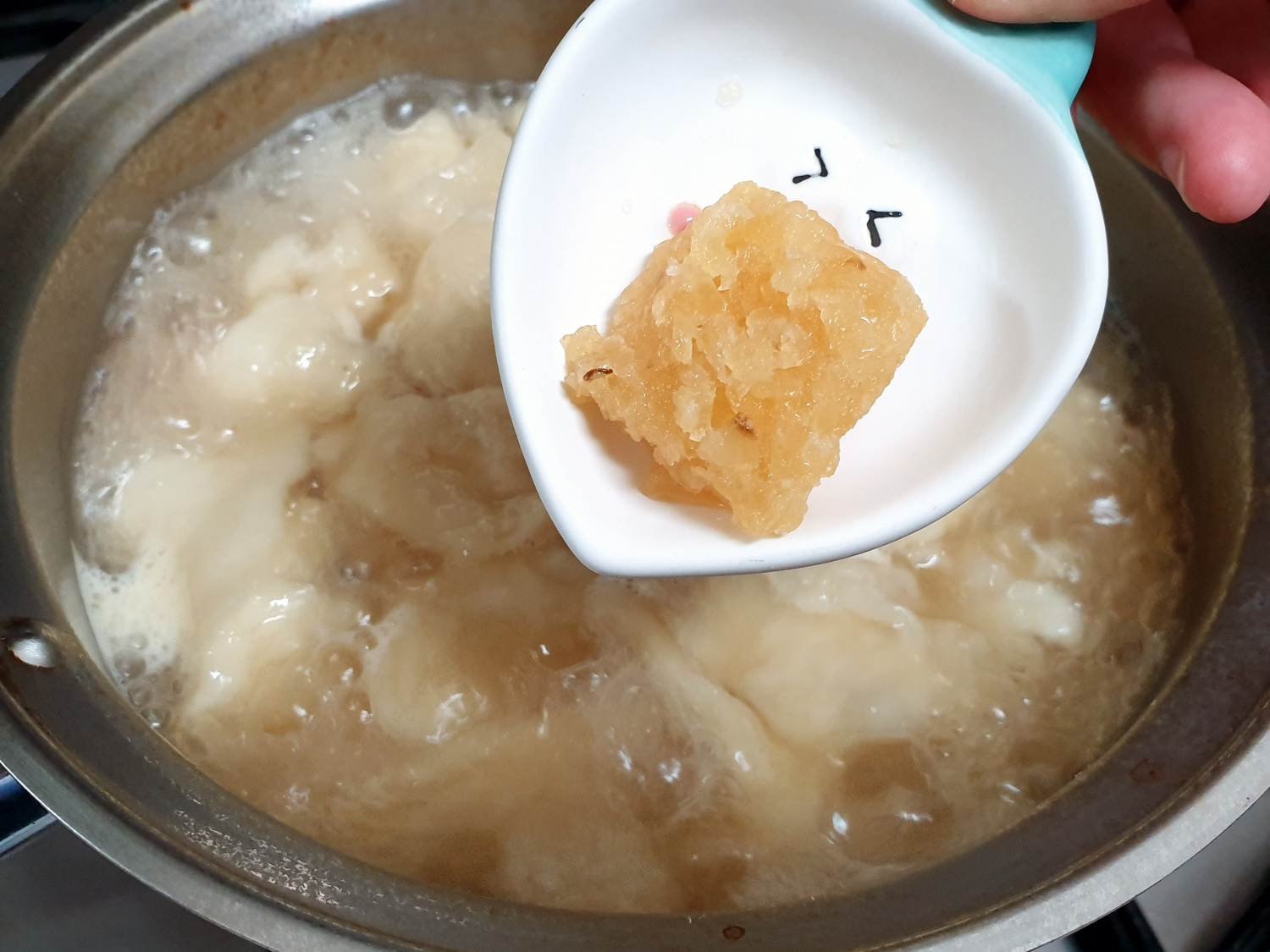 STEP 12/14Add onions when potatoes and carrots are almost cooked.
STEP 12/14Add onions when potatoes and carrots are almost cooked.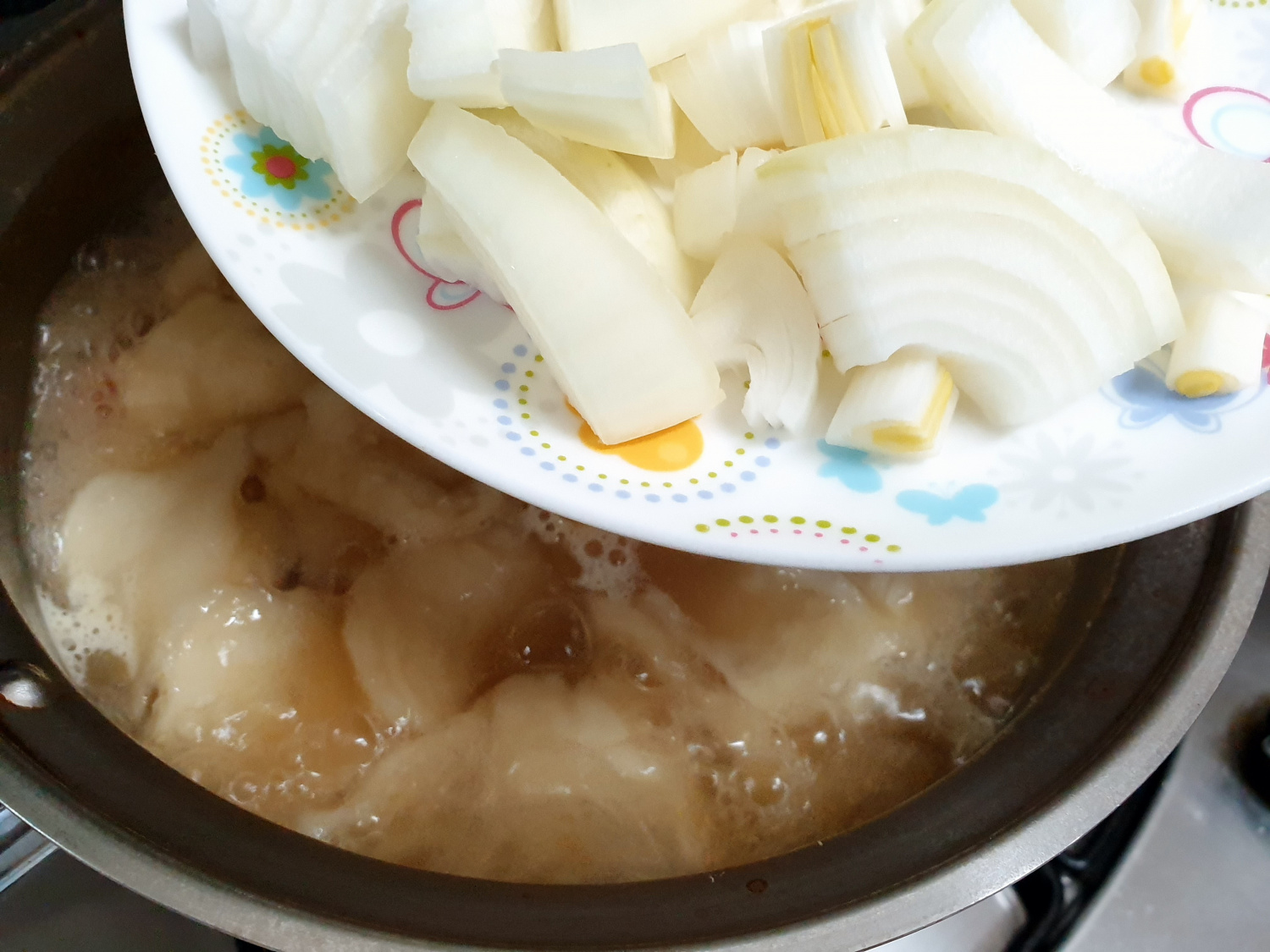 STEP 13/14When the vegetables are cooked, add the sliced leeks, boil them, and turn off the heat.
STEP 13/14When the vegetables are cooked, add the sliced leeks, boil them, and turn off the heat.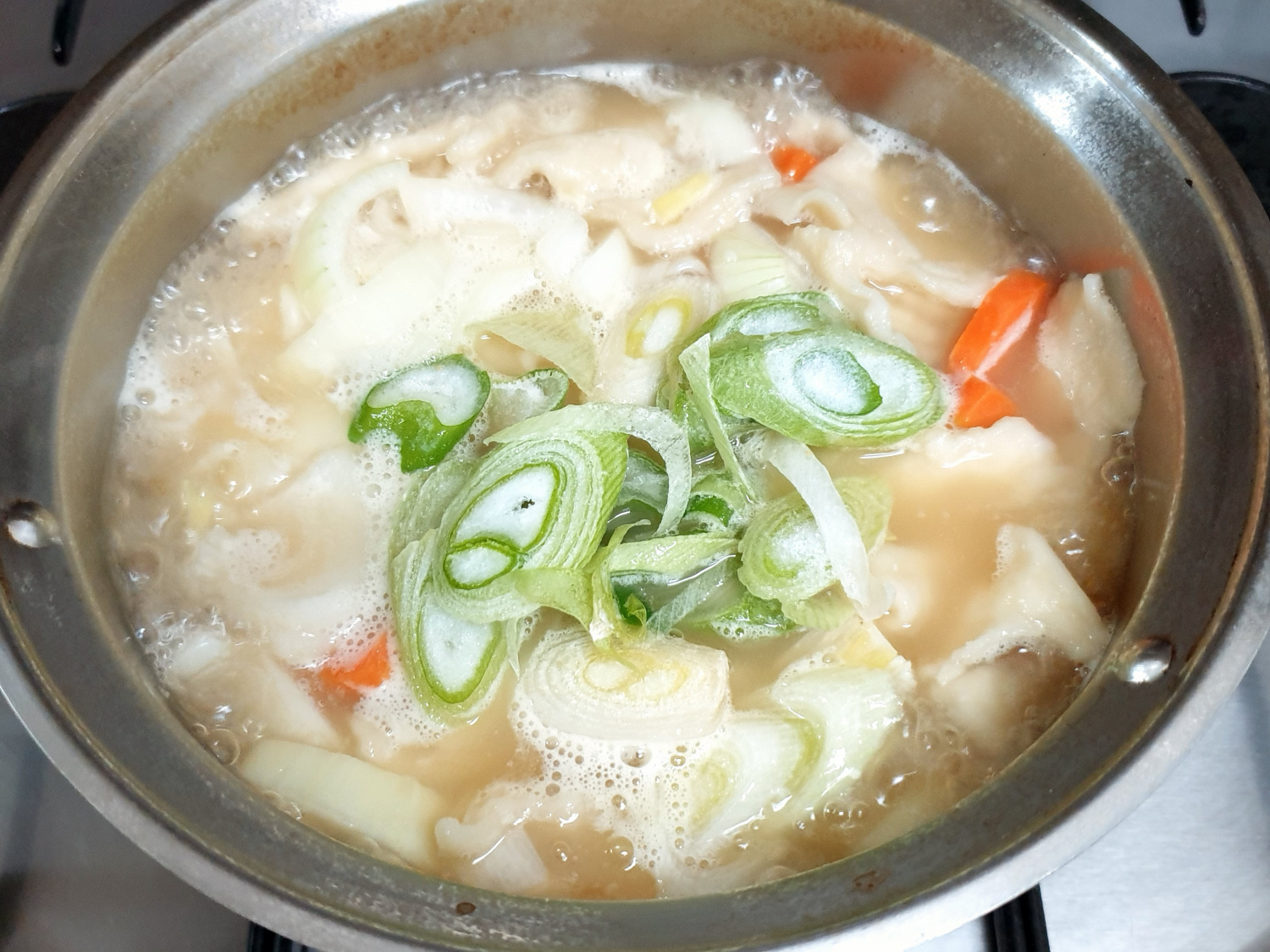 STEP 14/14Use the remaining dough after wrapping it in plastic wrap and freezing it.
STEP 14/14Use the remaining dough after wrapping it in plastic wrap and freezing it.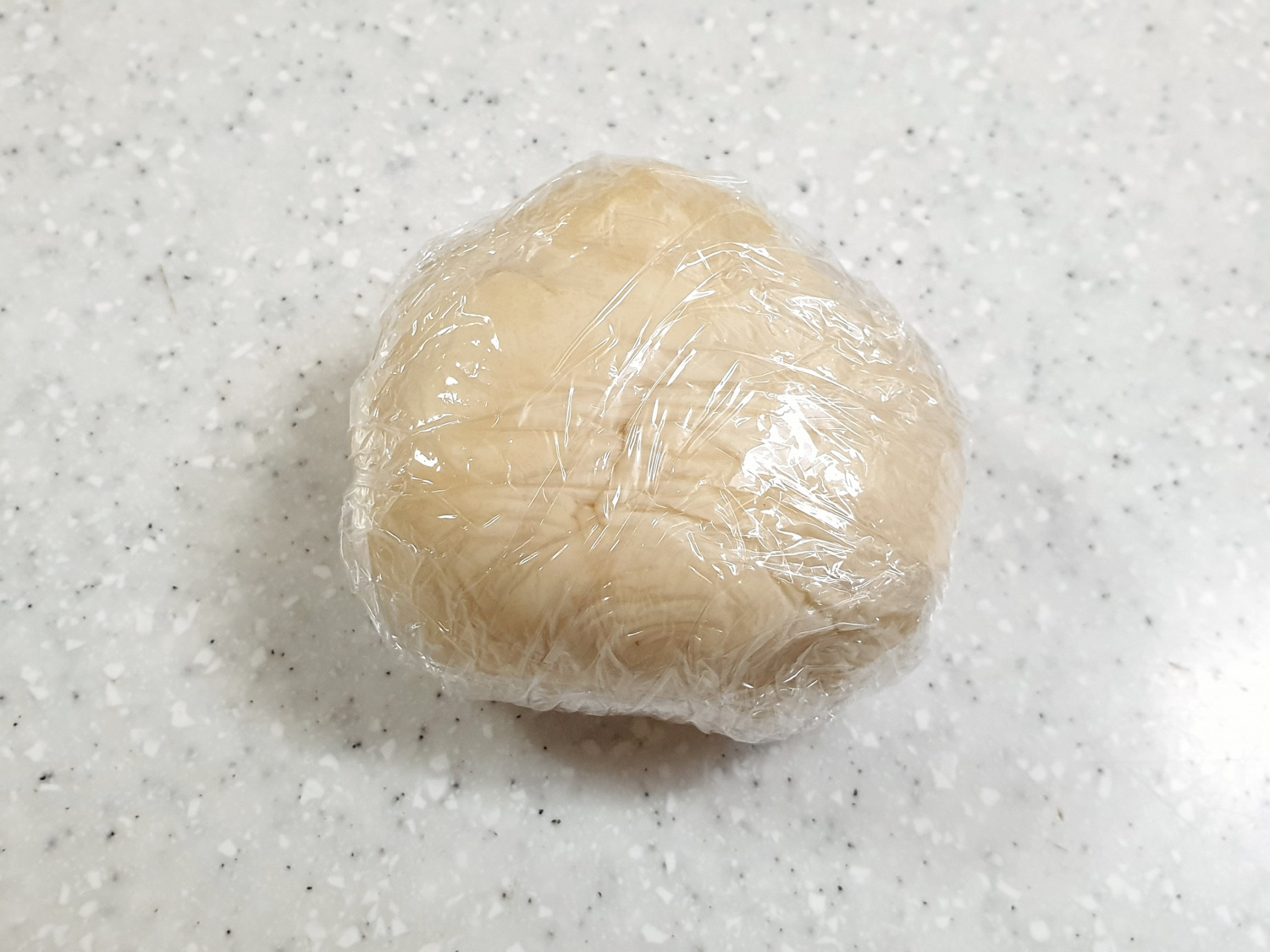 If you knead the dough with strong flour, it becomes more chewy and chewy. If you add a little cooking oil to the dough, it doesn't stick to your hands and makes the dough more chewy.
If you knead the dough with strong flour, it becomes more chewy and chewy. If you add a little cooking oil to the dough, it doesn't stick to your hands and makes the dough more chewy.
- Cooking review
-
5.00score
-
 170*****scoreThanks to you, I enjoyed the food2022-06-05 13:43
170*****scoreThanks to you, I enjoyed the food2022-06-05 13:43
-
- stir-fried Rice Cake Recommended recipe
-
-
1
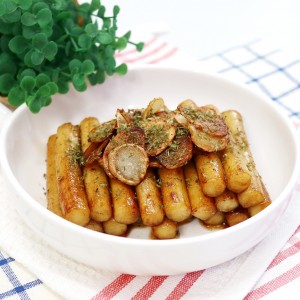 [Simple snack making] Garlic butter tteokbokki, garlic tteokbokk4.88(48)
[Simple snack making] Garlic butter tteokbokki, garlic tteokbokk4.88(48) -
2
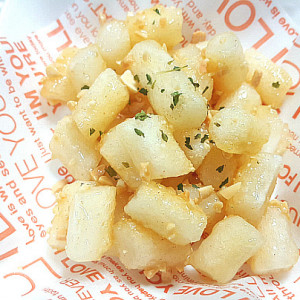 Super simple snack, honey tteokbokki!It's good for kids' snacks,4.98(54)
Super simple snack, honey tteokbokki!It's good for kids' snacks,4.98(54) -
3
 This is the Rose of Korea! Soft and spicy red pepper paste cream4.90(31)
This is the Rose of Korea! Soft and spicy red pepper paste cream4.90(31) -
4
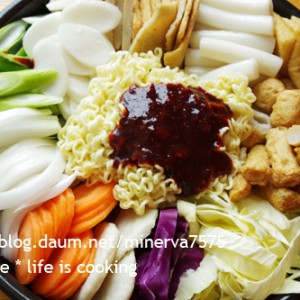 It makes you want to eat Tteokbokki4.75(53)
It makes you want to eat Tteokbokki4.75(53)
-
- chicken Recommended recipe
-
-
1
 "Air fryer chicken" crispy on the outside and moist on the ins4.89(38)
"Air fryer chicken" crispy on the outside and moist on the ins4.89(38) -
2
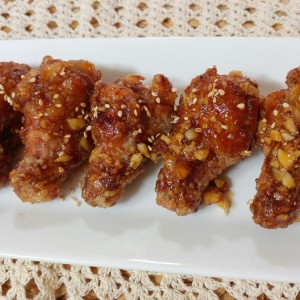 [Copying Kyochon Chicken]4.96(205)
[Copying Kyochon Chicken]4.96(205) -
3
 Making Popcorn Chicken with Dip-Dip it in4.83(6)
Making Popcorn Chicken with Dip-Dip it in4.83(6) -
4
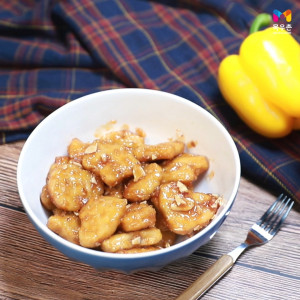 Sweet and salty, sweet and salty chicken! Making Mokwoochon Chic5.00(10)
Sweet and salty, sweet and salty chicken! Making Mokwoochon Chic5.00(10)
-